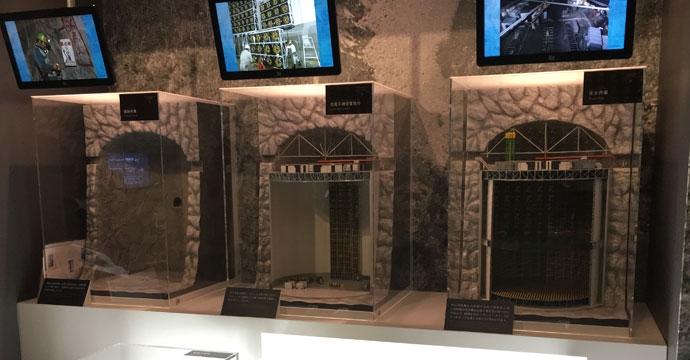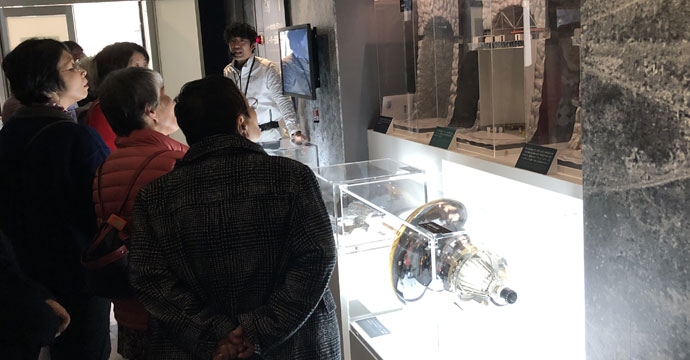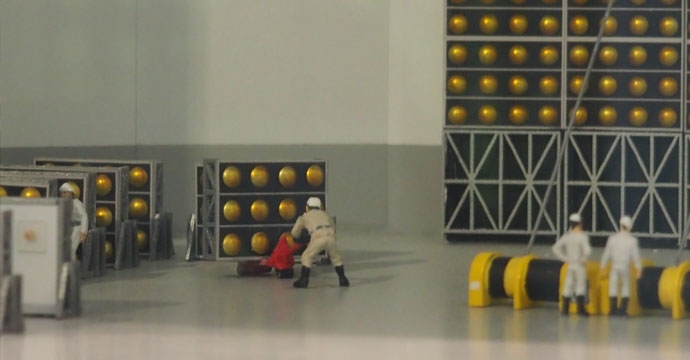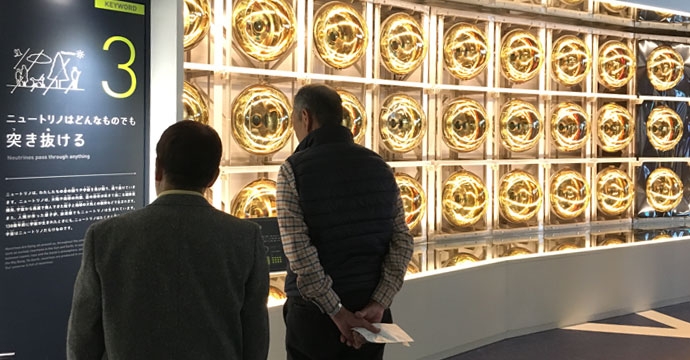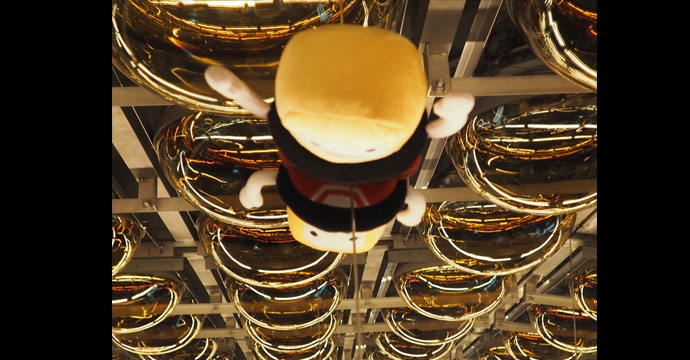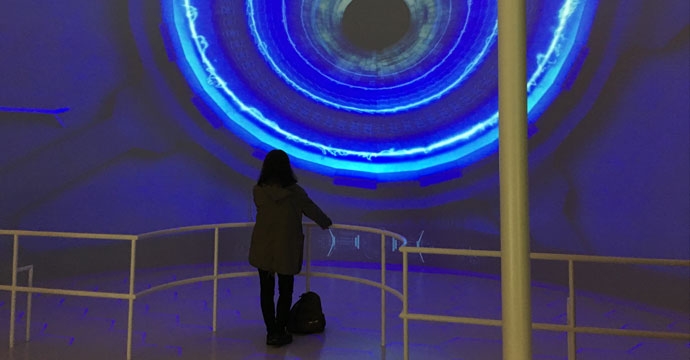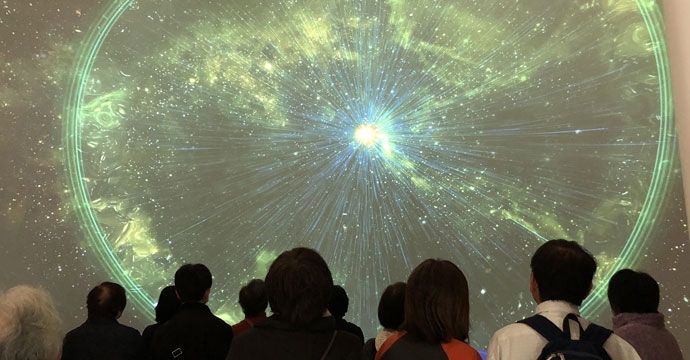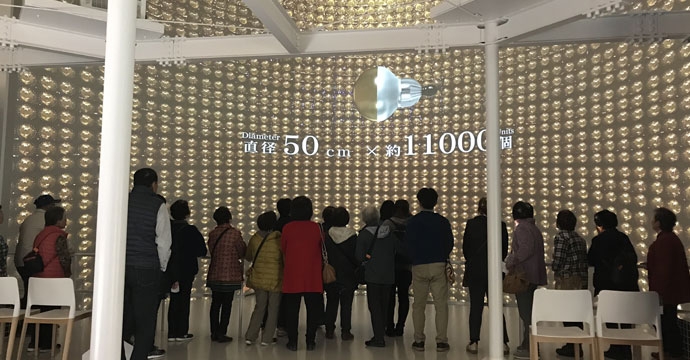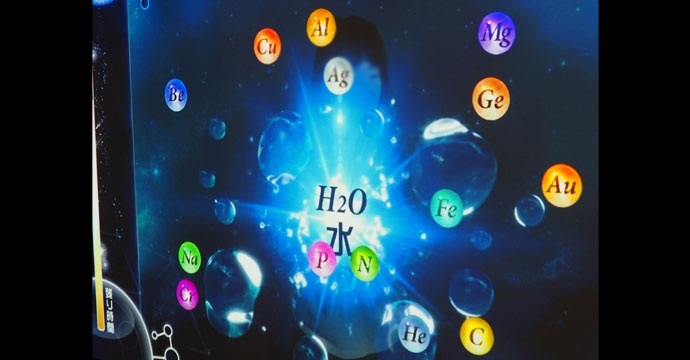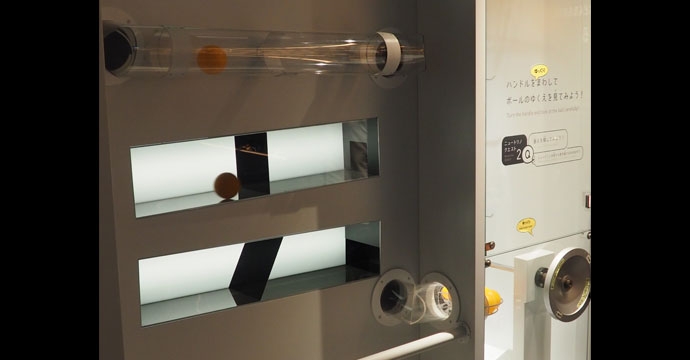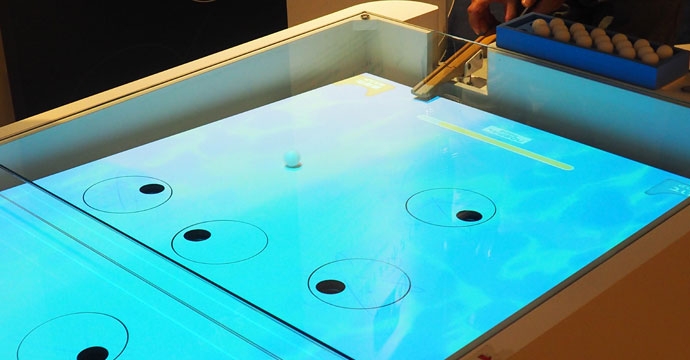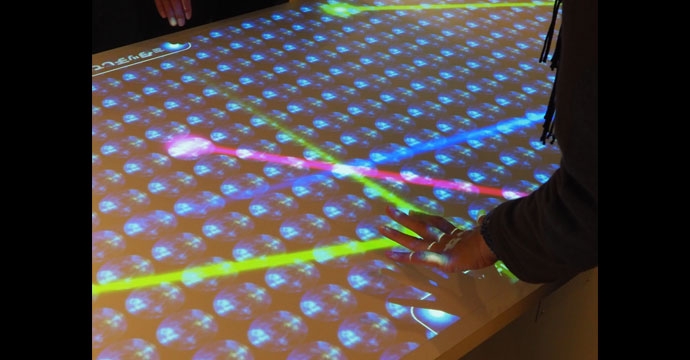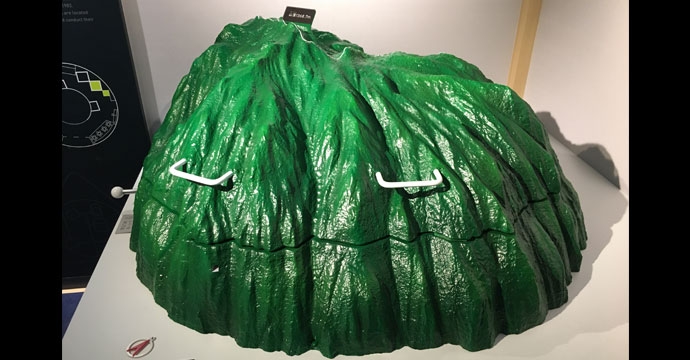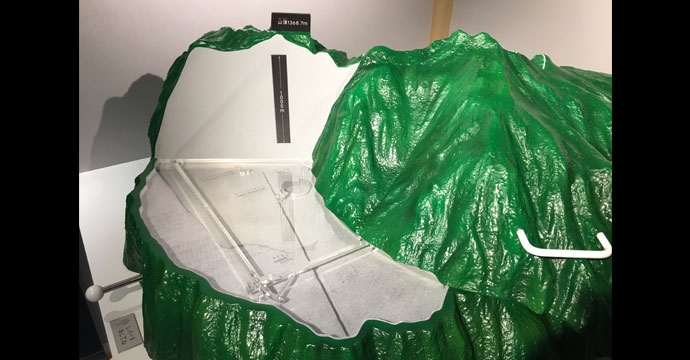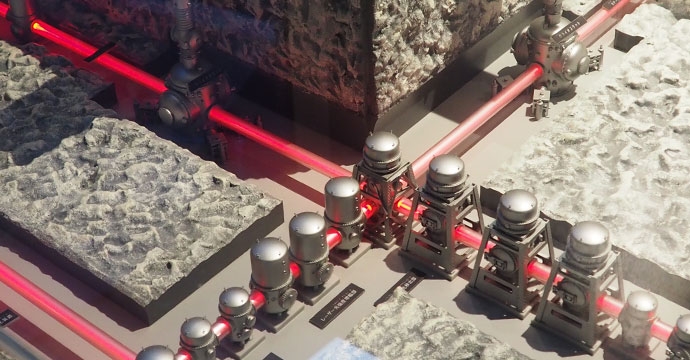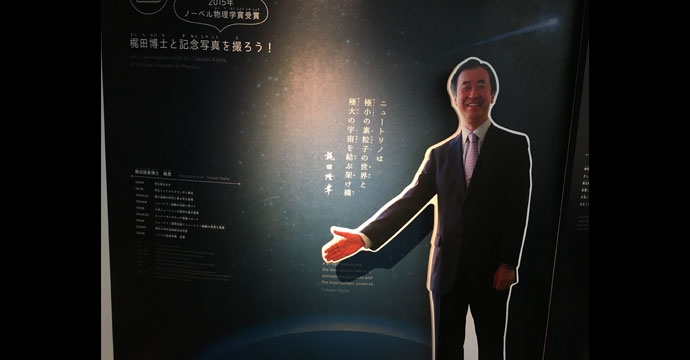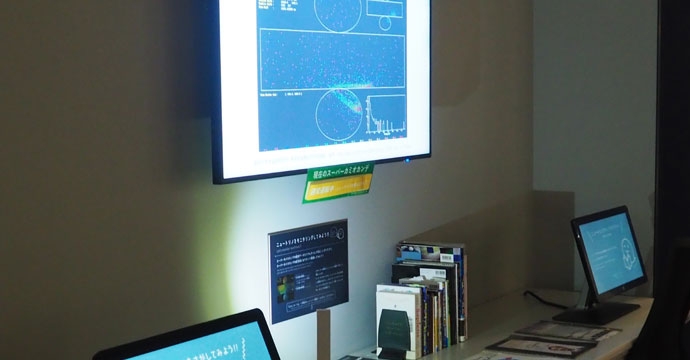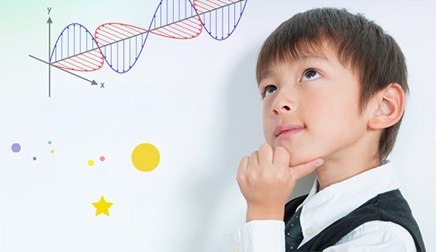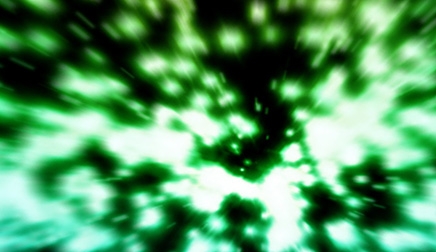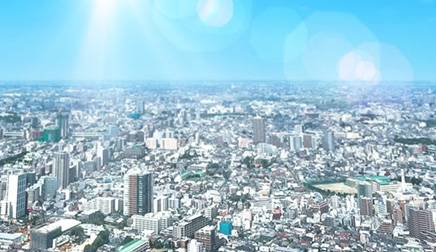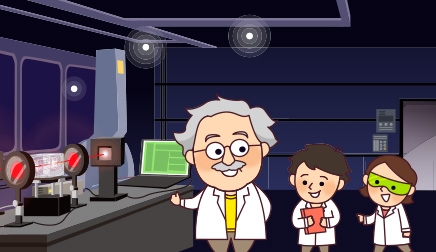 Home > Photon Boy adventure > Vol.05 Hida Space Science Museum KamiokaLab
Home > Photon Boy adventure > Vol.05 Hida Space Science Museum KamiokaLab
Vol.05 Hida Space Science Museum KamiokaLab
Photon Boy once again finds out how amazing Kamioka is when he visits the KamiokaLab!
I visited the Hida Space Science Museum KamiokaLab that opened in March 2019 at the roadside station (roadside rest area facility), Sky Dome Kamioka located in the town of Kamioka of Hida City in Gifu Prefecture. You may already know it, Super-Kamiokande is a place that carries out the latest research on “neutrinos” also called ghost particles. Here, the KamiokaLab lets you learn about the amazing features of neutrinos through game-like displays and also experience a spectacular space adventure through a large-scale video projection! You can also find out everything you might want to know about the most advanced space research being carried out in the town of Kamioka! This is a thrilling place that lets you enjoy a unique world where cutting-edge science merges with the invigorating air and natural beauty in the historic mountains of Hida. Be sure to set aside some time for enjoying a leisurely visit to this place!
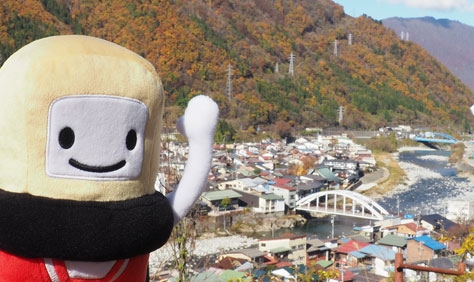
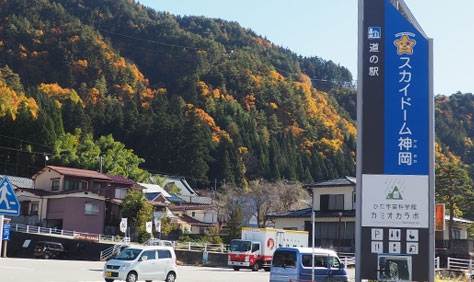
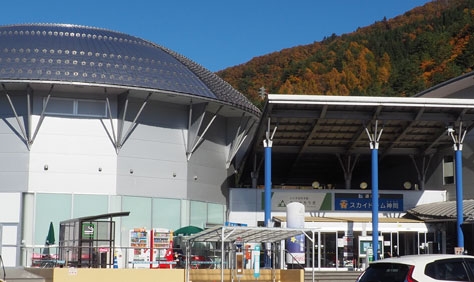
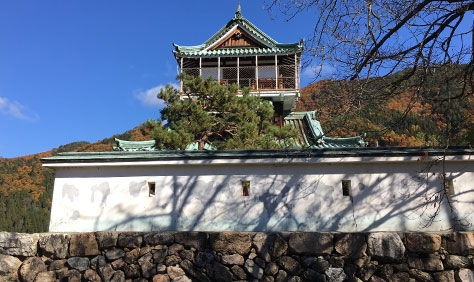
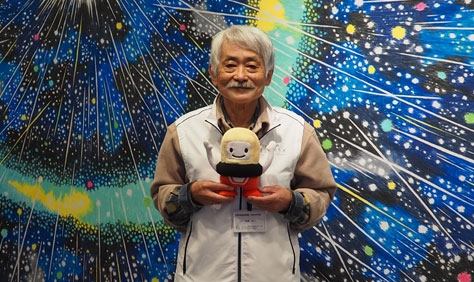
Let’s learn about the amazing technology used in Super-Kamiokande!
Chase neutrinos while boarding the Wondership!
What are neutrinos? Let’s learn about neutrinos while playing the fun games.
Let’s learn about the amazing technology used in Super-Kamiokande!
When you enter the KamiokaLab you will first of all see miniature models showing how Super-Kamiokande was constructed underground in a mountain. In the 1980s, an innovative big project was started to construct Kamiokande and then its successor facility Super-Kamiokande in the Oku Hida mountains where ores and minerals have been mined since the Nara period of Japan (about 1300 year ago). Both facilities were completed with the cooperation of companies and firms having the high tech needed for digging tunnels in hard rock and handling huge quantities of pure water. I think most people in Kamioka Town are proud of this groundbreaking project.

Chase neutrinos while boarding the Wondership!

What are neutrinos? Let’s learn about neutrinos while playing the fun games.

Kamioka serves as a base for the world’s most advanced space research. Here, significant achievements were made that earned two Nobel Prizes in Physics.

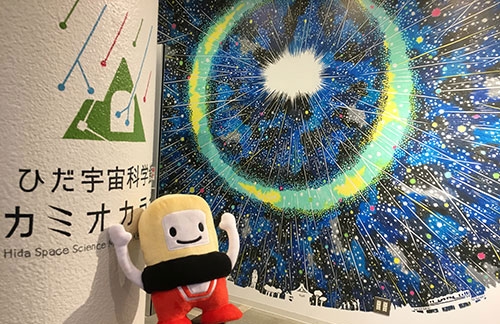
Kamioka Town after a supernova explosion.”
Even if neutrinos fall all over the entire universe, they pass through all matter so our body never feels them. But, at the KamiokaLab, once I learned about neutrinos and how they are being observed, I started feeling that their existence is a warm and precious thing just like this painting shows.

Check out the event information by accessing the following websites, and visit the KamiokaLab!
Hida Space Science Museum KamiokaLab
https://www.city.hida.gifu.jp/site/kamiokalab-en/
Roadside station, Sky Dome Kamioka
https://www.skydome.jp/ *Japanese



